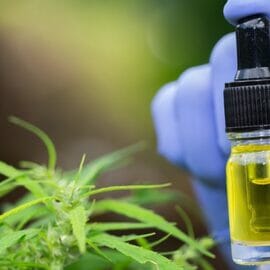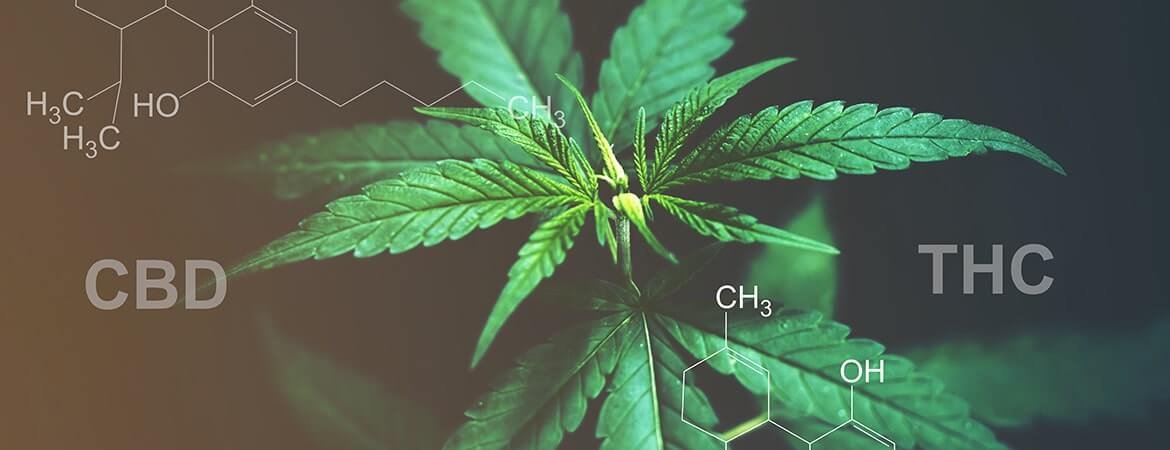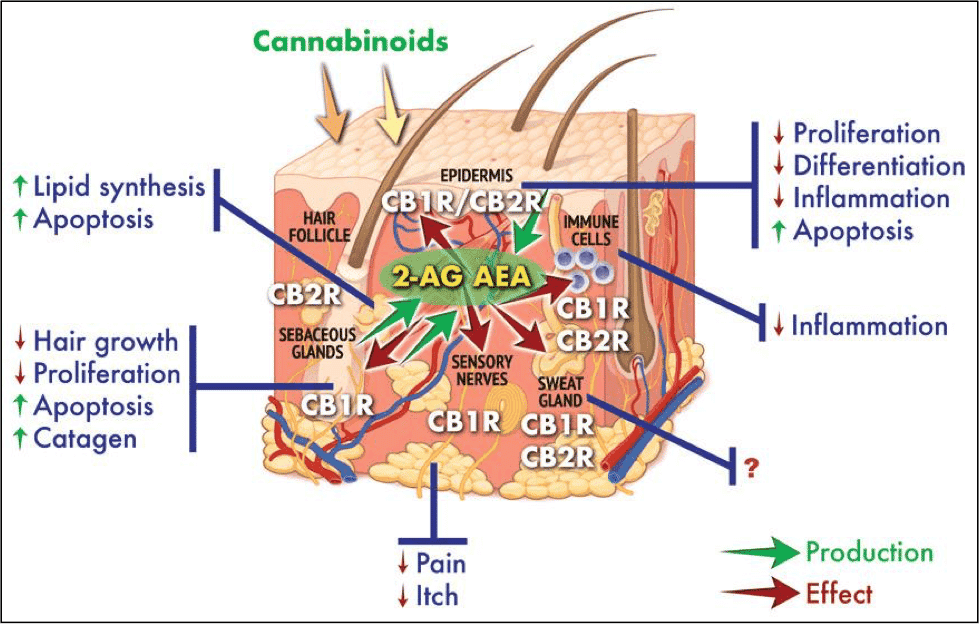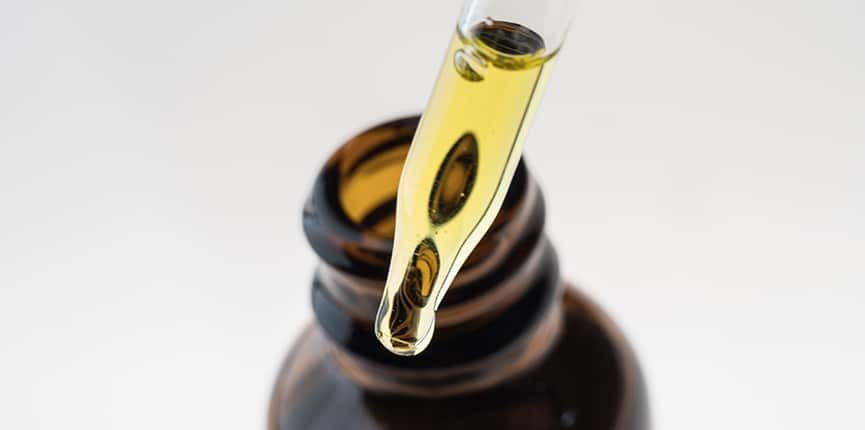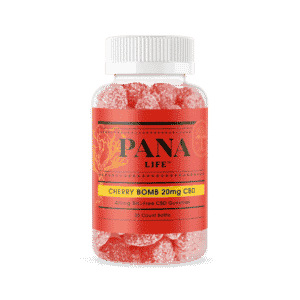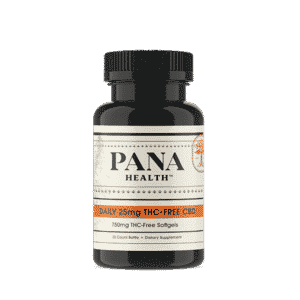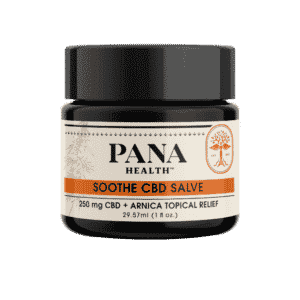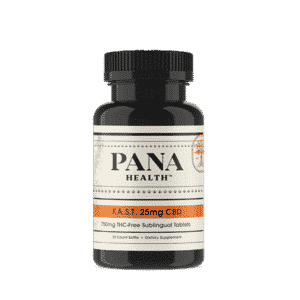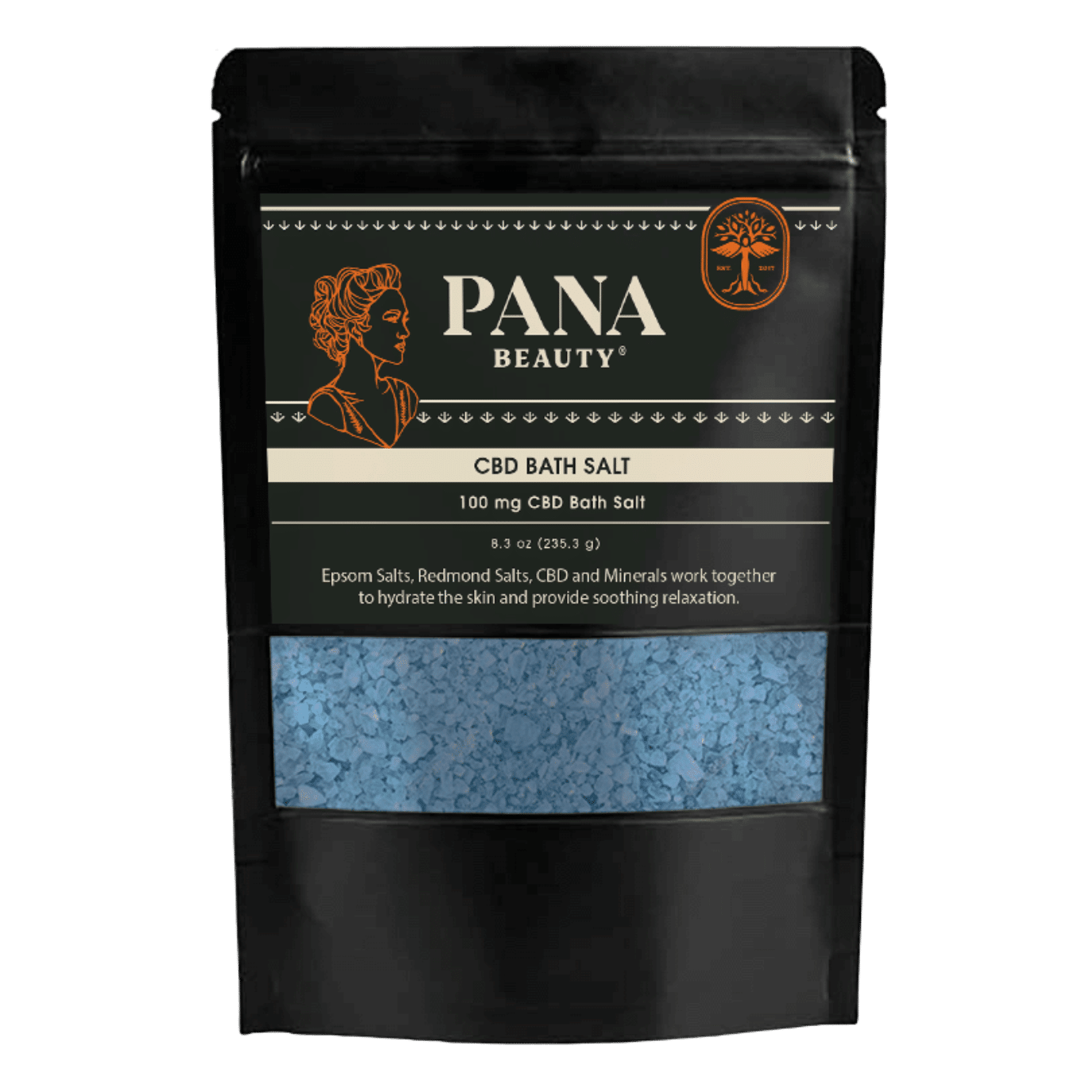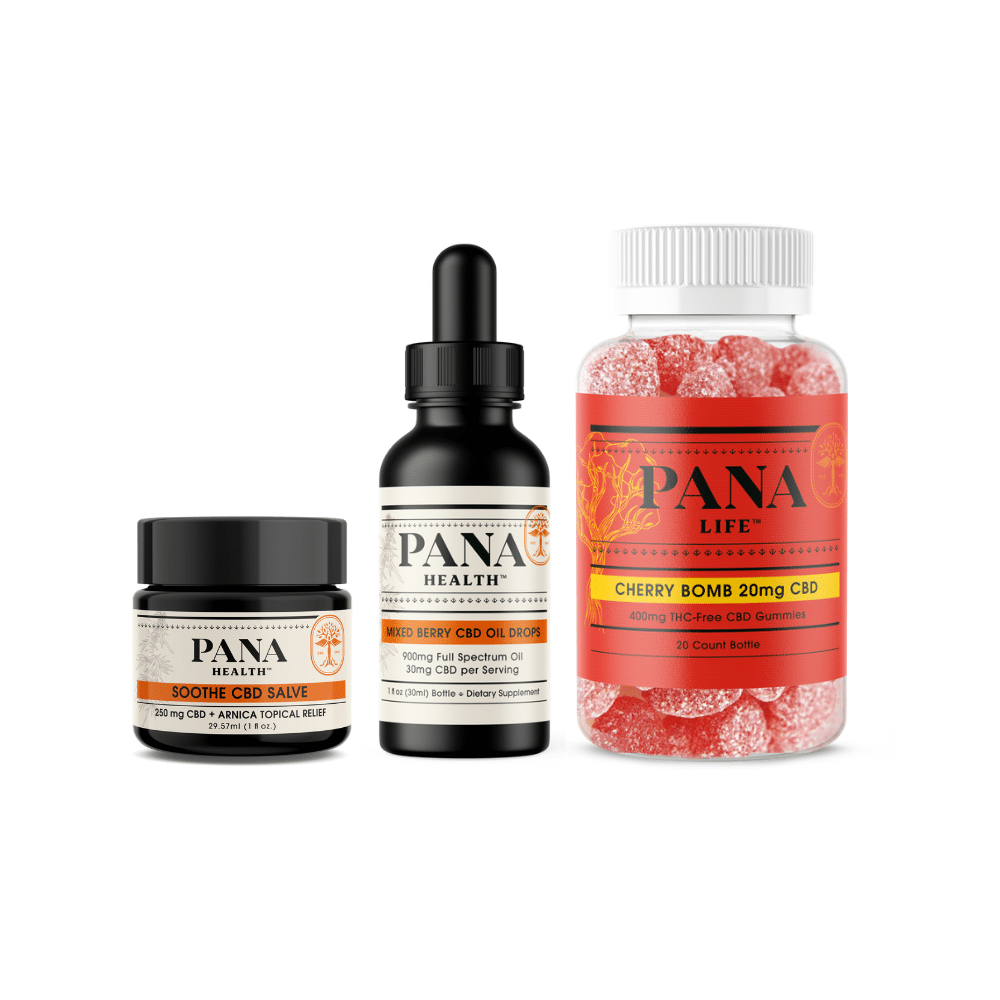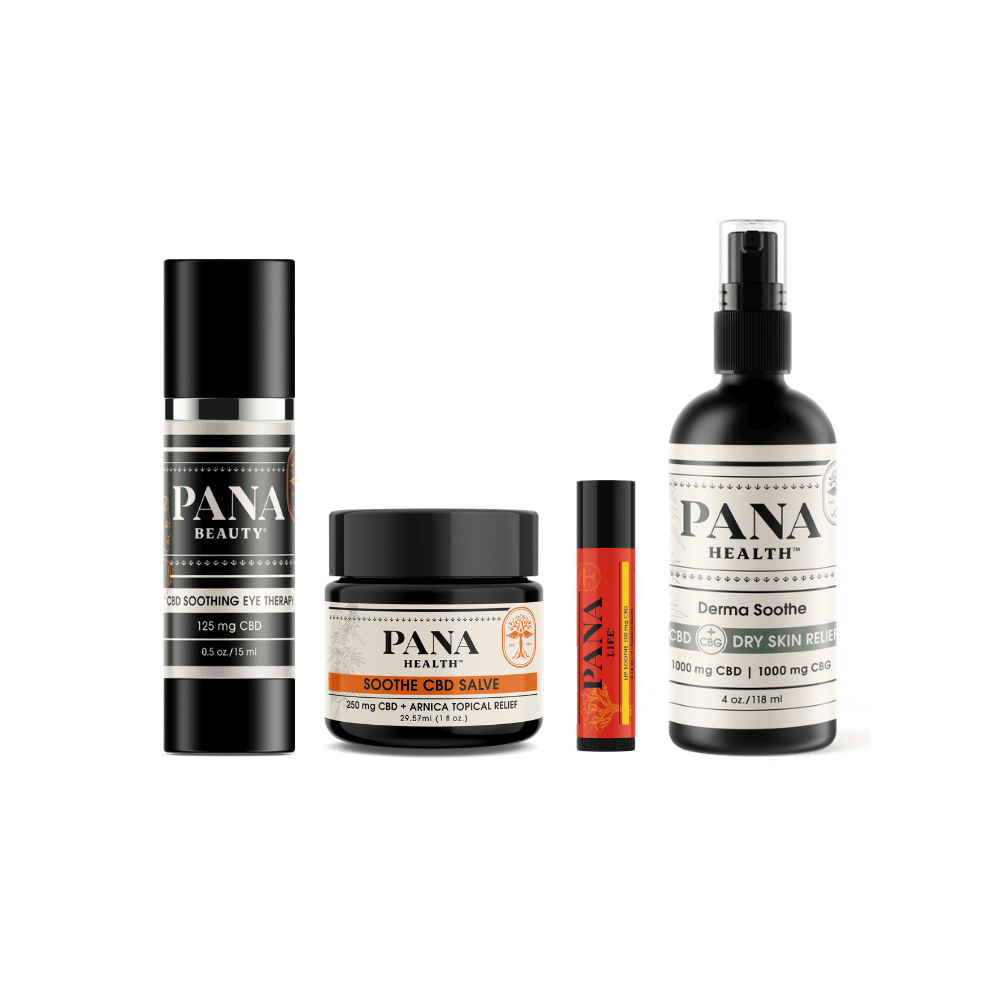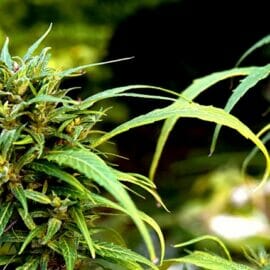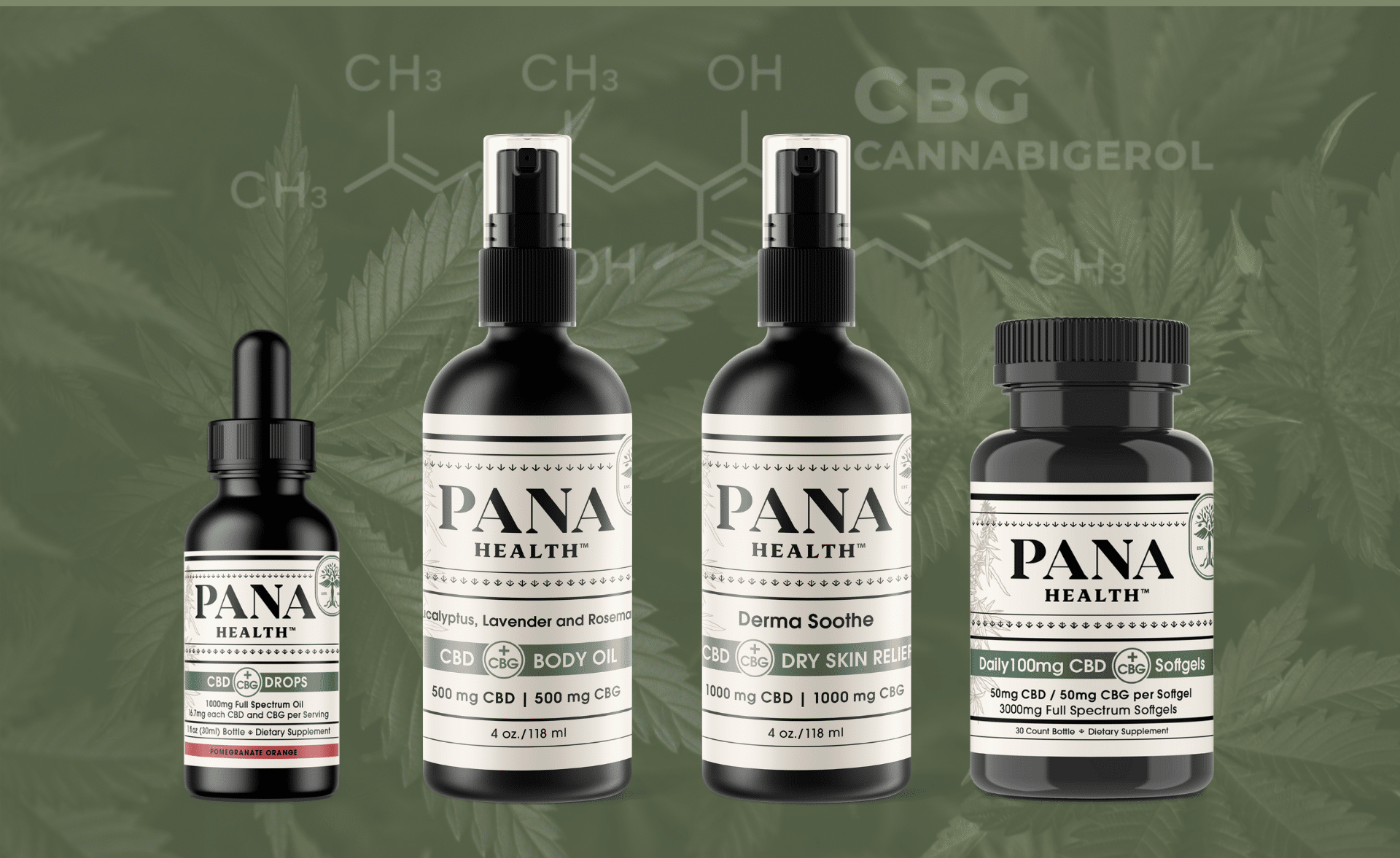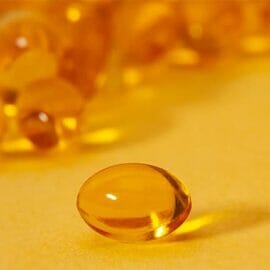It seems like everything these days has Cannabidiol (CBD) in it.
Recently, it has gone from being a corner product that not many people talked about, to be found in the mainstream. People all over the world have started to use CBD as part of their daily routines, raking in the benefits.
It seems like every part of the health and beauty industries have started using CBD in their products. For example, the beauty industry has started introducing CBD into facial oils, lip glosses, and even mascara, all to the joy of their customers. Healthcare within the sports industry has joined in as well.
Social media influencers on Instagram and other platforms are fans of CBD-infused products due to the number of positive posts. It feels like no matter where you look on social media, CBD, and other Cannabis products are anywhere and everywhere.
While there are many different kinds of CBD products out there, at Panacea Life, we’re particularly excited about edible products. We have noticed that people seem to especially like CBD candies as a method to add CBD to their daily regimen. Candies and sweet edibles have all but taken over the CBD world in the last year. Between the taste, benefits, and price, it’s not hard to guess why.
If you are new to CBD and CBD gummies, this is the blog post for you, as we will be taking an in-depth look at gummies and what you should know. If you already know all you need to about CBD gummies and think you are ready to try some, check out the products we have in stock here, like our Cherry Bomb CBD Gummies, for example.
What is CBD?
It’s probably a good idea we lay out some basics and answer some questions before we get to the main event. What is CBD? After all, there are some people who will say that it will get you high or cause harm.
Cannabidiol (CBD) is just one of the over 113 cannabinoids found in plants that are part of the Cannabis family. Despite popular misconception, many sources will confirm that CBD has no psychoactive effect, meaning it does not create the “high” that is normally associated with Cannabis.
One of the more common ways to find CBD is in soft gels. Anyone who has been to a health store in the last couple of years has probably seen a few different kinds of this product. CBD oil soft gels are created by extracting the compound directly from a Cannabis plant and mixing it with a carrier oil.
What do people use CBD for?
People who are new to or have never used CBD often have a hard time understanding why so many people included CBD in their daily health and wellness routines. Attitudes may be changed as recent research involving CBD has been pointing to its potential to help with a number of things, including general wellbeing.
There are those who struggle with things like Multiple Sclerosis or arthritis that have reported that daily CBD use has helped create some relief within their daily activities. Sativex, a CBD and Tetrahydrocannabinol (THC) mixture, is an approved drug to treat muscle spasms in MS patients. MS patients are turning to over the counter CBD preparations instead of Sativex due to cost and to achieve the benefits of CBD without the psychoactive effect of THC. The Journal of Pain Research published a study backing this up in 2018.
People have also started using CBD to help with skin conditions. It is commonly found in many skincare and beauty products –at Panacea Life we carry a face crème that you can view here. It is possible to find products infused with CBD like lotions, cream, and moisturizers, all with the intention to provide the user with beautiful skin.
Many people who use CBD report that it creates a calming effect, another major benefit of the compound as that may help make mental wellbeing. It seems likely, according to Healthline, that CBD may end up factoring into treatment for things like anxiety, stress, and even insomnia as there has been rising research on the subject.
As you can see, there are a lot of potential benefits that may be reaped when using CBD and CBD infused products. But, like any health-related product, you should consider all parts of it in order to figure out what will work best for you, so let’s take a look at those aspects.
What can have CBD in it?
It really is exciting to see the amount of innovation going on in the CBD and Cannabis industries when it comes to products. Companies are always coming out with new, different, and compelling products, some of which include:
- Skincare and beauty (make-up) products. As one of the more receptive industries to CBD, the beauty industry has come out with many different products. On top of that, beauty influencers, like the Kardashians, have often promoted CBD and other Cannabis products on their social media.
- Bath experience enhancers. These products include things like bath bombs and bath salts and are perfect for a moment of self-care and relaxation after a long day.
- Edibles, candies, and treats. With a glance around our website, it’s easy to see that here at Panacea Life, and we enjoy this side of the CBD world. Consuming CBD oral products provides some of the most diverse options for taking the compound. If you don’t want to eat or drink your CBD, soft gels are an easy, quick way to get your CBD dose. Things are even starting to get fancy in the CBD sphere, with artisanal CBD chocolate popping up as an option for those with a more refined palate.
- Infused water. This is a more recent and more unusual CBD product that has been popular with fitness influencers, who promote it to their followers online. We have another article on this product and its potential benefits on our site here, so you can learn more about it.
Obviously, this list is not all of the possibilities where CBD can be found, and it is just a sample of some of the more unique and different forms of CBD coming to the forefront. All of us here at Panacea Life are so excited to be part of such a new, different and innovative industry with all kinds of unique and creative minds at work, and we can’t wait to see where it will go in coming years.
The big question: what even are “CBD gummies and candies”?
It’s time for the main event, the section we’ve all been waiting for: CBD candy. Recently, this branch of CBD product has gotten some major traction and, as a result, popularity.
So, let’s discuss and define what they are.
We’ve been throwing around the terms “CBD gummy and candy” a lot, but that’s a pretty broad term. It’s usually referring to any kind of candy that has CBD in it. This could include suckers, hard candies, chocolate, and of course, gummies, as long as they have had CBD infused into it. There are so many different kinds of styles and flavors of candy, and some are even halal and vegan-friendly.
Because they are so yummy and come in so many different varieties, CBD candy has and will likely continue to rise in popularity. This has led to many mainstream brands and media outlets becoming more aware of what CBD actually is and all of its potential benefits (that we know of, anyway).
Because of the shift into mainstream consumption, the misconceptions that created a negative stigma for CBD have started to disappear. Consumers are starting to understand CBD and products made with it better. There are still those who have a negative connotation of CBD and its products because of its connection with Cannabis and, as a result, drug use, but they appear to be in the minority as people learn more about CBD.
Overall, CBD edibles, including candy and gummies, are very popular at the moment and are worth looking into if you are curious about CBD.
What’s so great about CBD candy?
As we’ve discussed above, CBD candy and gummies are increasing in popularity.
One of the more obvious reasons is because they taste great. Other products, like oils or tinctures, may be harder to swallow since they tend to have the bitter taste that is common in Cannabis-related products. But candies are made to be delicious, with sweet tastes and nice textures mixed in.
As we discussed above, CBD candies seem like a good way to help people relax and reach a state of calm. CBD oil has a link with anxiety regulation that applies to candy as much as it does with other products. Of course, that does depend on the strength of the particular product as that may change its potency and effect.
CBD candies may be a yummy way for those who are already used to using CBD to change up their routine a little. If you always use a CBD tincture, you might want to give the candy a shot in order the shake things up. It might be the sweet little jolt of change you’ve been looking for in your life.
To wrap this section up- CBD candies are yummy, good for you, and an interesting introduction into the world of CBD products. Who wouldn’t like that?
What’s the catch?
Just like anything else, you may take for your health, you should consider the potential downsides to CBD candy. While CBD and related products don’t have any serious or major side effects, there are some negative things that all users should know.
One of these is that some synthetic CBD products could potentially be harmful. A report from 2018 published by the Center for Disease Control talks about a number of cases of poisoning associated with artificial CBD products that were very impure.
This illustrates why it is so important to be sure that you are getting your CBD products from reputable sources like Panacea Life.
You should also consider what medications you are taking before you start taking any CBD products. CBD may not interact with some medications well, causing the intended effect of the medications to lessen or, in combination with the medication, cause unwanted side effects. If you take any prescription medications and want to start taking CBD, be sure to talk to a medical professional.
While the side effects associated with CBD are minimal, they do still exist. The Mayo Clinic lays out exactly what they are. Among the list, there is diarrhea, dry mouth, fatigue and loss of appetite. It is worth noting that most of these side effects mainly happen to those who take very large amounts of CBD consistently. The best way to avoid them is by limiting your dosage, keeping it small at first and building it up if you respond to it well.
You should also be aware that research on CBD and its long-term effects is still preliminary and ongoing. Most of the studies are exciting and promising, but there is still a lot of work ahead.
In general, the negative effects of CBD are minimal and are easily lessened or even stopped by being smart and doing some research. You should always look into the company that you buy your products from and be sure that CBD will work well with your medication. You should also be sure that the CBD products that you use are compliant with your local state laws.
What does all of this mean?
There are many reasons why there has been an upswing in popularity for CBD candies. They are an easy and delicious way to get the benefits that CBD has to offer.
No matter how experienced you may be with CBD, candies are a great option. Just be sure that you do research and buy from a trustworthy source to really get the benefits you’re after.
What can Panacea Life do for me?
At Panacea Life we have a wide variety of CBD products. We carry lotions, oils, tinctures, capsules and, of course, gummies. Feel free to take a look at our full website here.
If you have any questions, comments or concerns, you can get ahold of one of our team members through our website or by emailing [email protected] today.

